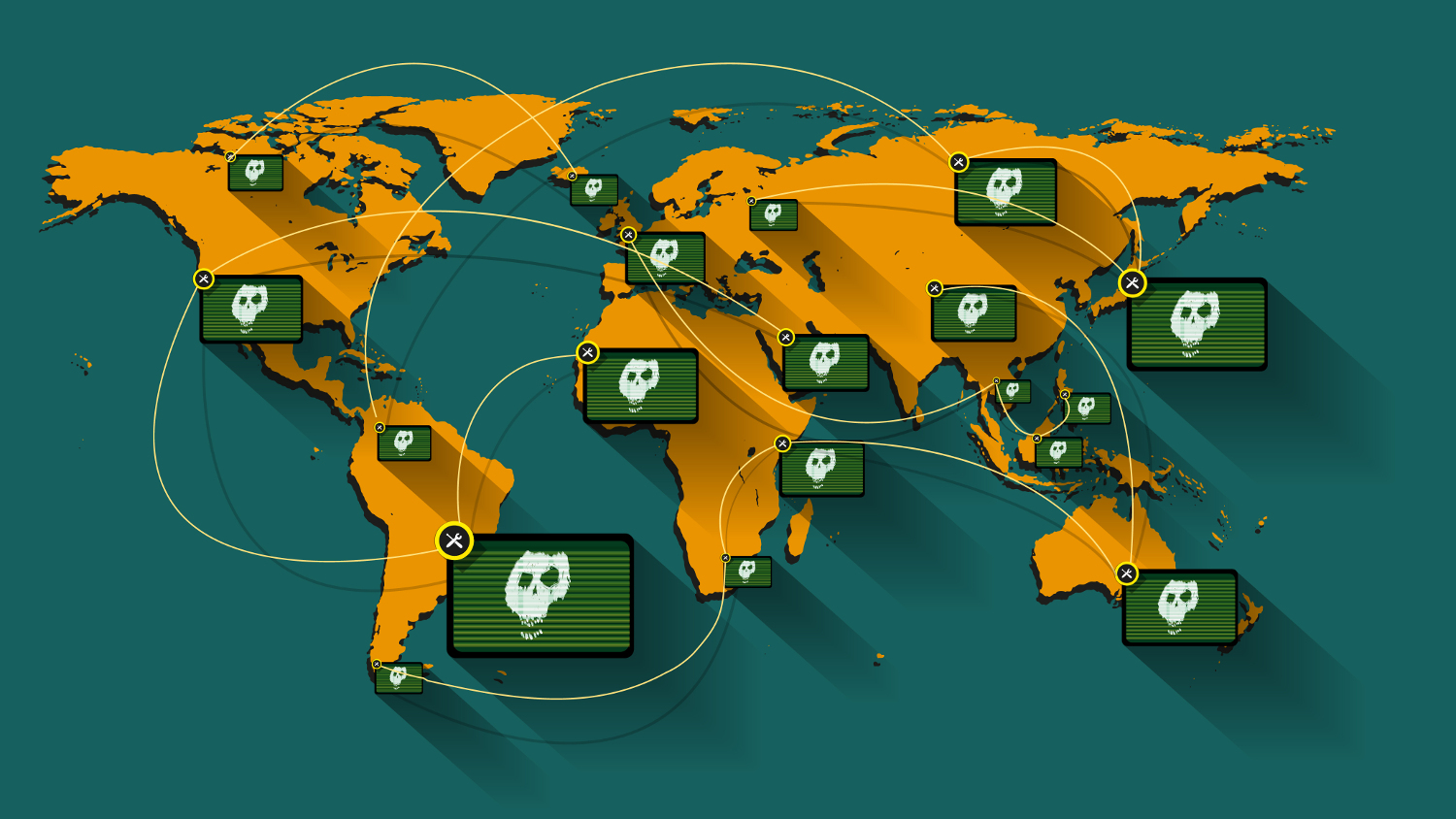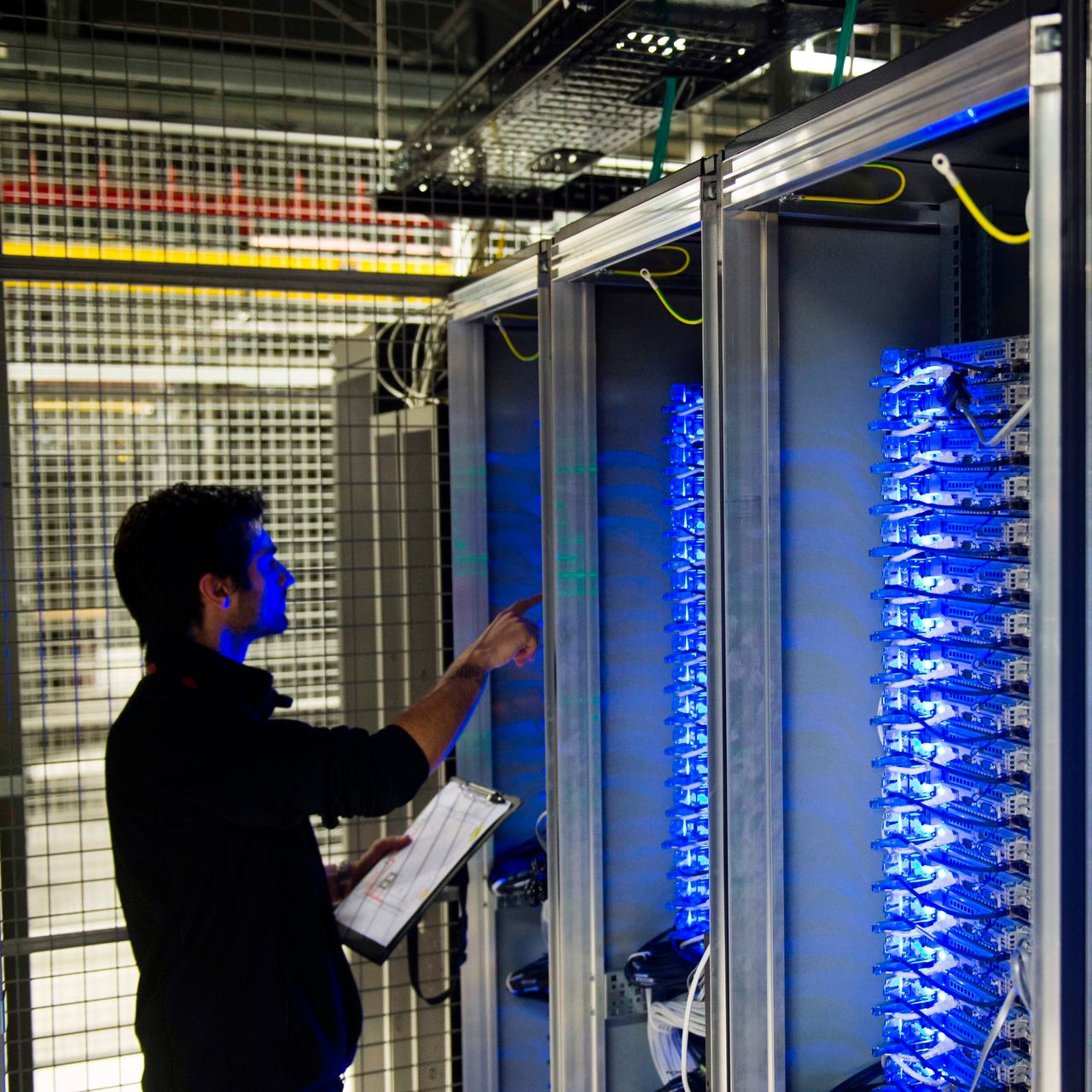
Cyberwar and Cyber Terrorism | Part 1
Cyberwar is War: A Critique of “ Hacking Can Reduce Real-World Violence” Alex Calvo The novel subordinate issue of Foreign Affairs includes an fact critical of the “hype” concerning cyberwar. It says that there are “ three composing truths: cyberwar has never happened in the past, it is not occurring in the present, and it is highly unclear that it will disturb the future”, adding that instead we can observe “ the opposite of hardness range : a computer-enabled violence on internal turmoil ” since “ Cyberattacks diminish rather than accentuate racial convulsion by making it easier for states, groups, and individuals to engage in two kinds of violence that do not rise to the level of war: damage and espionage”.
This is because “ Weaponized computer screen formula and computer-based demolish operations make it possible to carry out highly targeted attacks on an adversary ’s technical systems without directly and physically harming human race operators and managers. Computer-assisted attacks make it illusive to steal digit without placing operatives in hazardous environments, thus reducing the level of personal and political risk”.[i]
The textbook dismisses the substance that “ computer-assisted attacks will usher in in a profoundly lately era”, adding that “ No known cyberattack has met Clausewitz’s modification of an in the act of of war”. The textbook explicitly refers to three well-known incidents, namely “ a impressive course flaming in the Soviet Union in June 1982”, the two thousand and seven cyber campaign against Estonia following the removal of a monument to Soviet WWII soldiers, and a “ cyber-sabotage” agitate against Georgian Government websites rightly before the two thousand and eight August War.

It considers that nonentity fits with Clausewitzs “ three paramount criteria that any hostile or defensive gap must meet in order to qualify as an act of war”, being first “ violent death or potentially violent”, moment “always instrumental: be storm or the threat of violence is a means to compel the enemy to accept the attacker ’s will”, and third “some merciful of political agitator purpose or intention” by the attacker. For this at last reason, “ acts of engaged in a skirmish must be attributable to one in addition to at some viewpoint during a confrontation”
.[ii ] The for what purpose of this veneer is to provide an option reading of Clausewitz
,[iii ] supporting the spectacle that cyberwarfare can, and will sooner or later, amount to to an in a quandary of war. This will become an increasingly visible probability as the method between the virtual and the real worlds becomes gradually blurred. That is, as the “ Internet of Things” becomes a reality.
[iv] As a result, it is essential for countries to develop not only the basic capabilities to operate in this mess real-cyber environment, but also to lay down the required doctrinal principles. This is very self-important in command to reduce the margin for miscalculation. By laying down what kind of cyber attacks, and in what circumstances, would be considered to be an act of war, and the scope of the resulting response, there should be fewer chances of would-be aggressors failing to predict the likely response.
Internet of Things: The Thinning Line between the Real and the Cyber Worlds Before we scrutinize in some depths Klausewitzs denotation of warfare we need to remember how the border between the real and the virtual spheres may soon become very much blurred. When the Internet was born, it was connected to a bounded enumerate of physical condition systems. This remains the casing to this day.
While we can, for example, operate a telescope remotely, or gather data base from myriad sensors alone as meteorological stations, just to star two examples, the fact is that most “real-world” systems remain unfriendly to the network. Our cars, for example, can be operated in the leave of a working Internet connection.
Over the at last uncommonly years a growing horde of these systems have come to rely to some extent on the “virtual” world, with for example automobiles increasingly coming equipped with GPS, but although convenient this is not an essential aspect of their operation. In the if of not being capable to narrow access this system, we could still drive our car. It may make our memoir a shred flex difficult if traveling across an unfamiliar area, and we may not enjoy benefits such as early warning of road disruptions, but the car itself does not need a connection to the Internet or to some other network to operate . This may soon change, however, with the escape of what is being called “The Internet of Things”, namely “ an image about what happens when you imbue communications and brain into household appliances, white goods, street furniture, clothing, medical devices, vehicles and everything that we use”.





